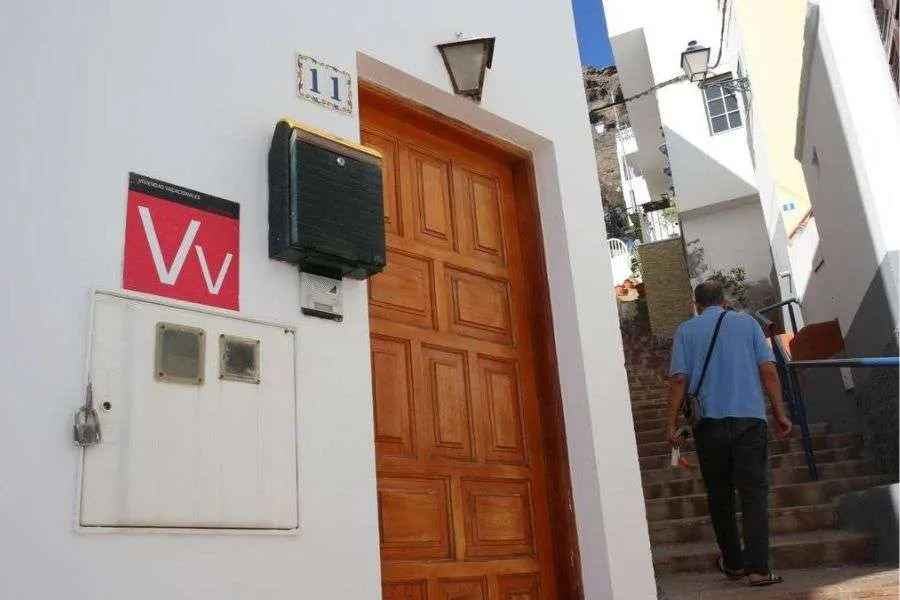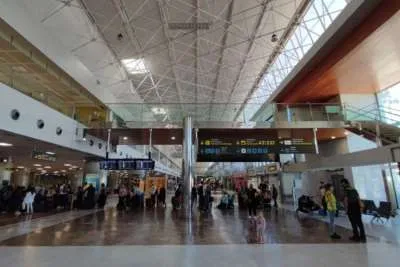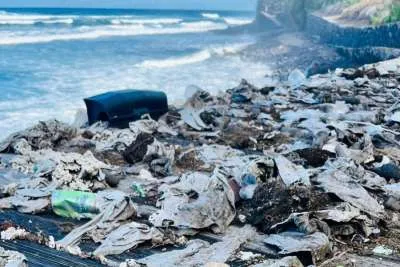Nearly half of rental homes in the Canary Islands are now listed as short-term lets
- 26-11-2025
- National
- Canarian Weekly
- Photo Credit: Archive
A new report has revealed there has been a huge shift in the Canary Islands housing market, with almost half of all rental properties now being offered as temporary or seasonal lets. According to Drago Canarias, up to 42% of all rental homes in the archipelago are currently advertised as short-term accommodation. In some islands, this figure already exceeds 50%, including Fuerteventura, Lanzarote, La Palma and El Hierro.
This means that more than two out of every five rental homes in the Canary Islands are no longer available for people who need a normal long-term place to live. Instead, many properties are being switched to temporary use for remote workers, visiting professionals, or even for tourist stays disguised as seasonal contracts. Local groups say this is making it harder than ever for residents to build a stable life in their own towns.
The shift has been especially strong in the two capitals. In Santa Cruz de Tenerife, seasonal rental listings have jumped from 5% to 26% in just a year and a half, which is a 500% increase. In Las Palmas de Gran Canaria, the number has risen from 8% to 31.8% over the same period, a rise of 400%.
Carmen Peña, the National Spokesperson for Drago Canarias, warned that the boom in temporary lets is already having “huge consequences, especially for young and working people.” She said that combining short-term rental contracts with temporary or insecure jobs makes it “almost impossible” for many residents to plan for the future. She also shared a message that many Canarians say they feel: “We are not a season; we are people who need a home, not a temporary stay.”
Peña explained that the organisation is now working on a clear and effective strategy to tackle the issue. One of the ideas being studied is limiting seasonal rental contracts so they can only be used when there is a genuine, provable work reason.
The report also shows big differences between the islands. Lanzarote has the highest percentage of seasonal rentals at 59.5%, followed by La Palma with 54.8%, Fuerteventura with 52%, and El Hierro with 50%. Gran Canaria stands at 45.9%, La Gomera at 35.7%, and Tenerife at 35.4%. In real numbers, Gran Canaria has 723 long-term rental listings compared to 613 seasonal ones, while Lanzarote has only 17 long-term homes available and 25 seasonal properties.
The data comes from a well-known property website and refers to October 2025.
The report also explains the legal differences. Seasonal renting, under Article 3.2 of Spain’s Urban Lettings Act, is meant for temporary stays linked to a specific reason and does not guarantee contract extensions. It requires a two-month deposit. This is not the same as holiday rentals, which are part of the tourism sector and regulated under Canary Islands tourism laws, including the recently approved Sustainable Use of Tourist Housing Act. Nor is it the same as long-term residential renting, which is designed to meet permanent housing needs and offers stronger protections.
Other articles that may interest you...
Trending
Most Read Articles
Featured Videos
A Vision of Elvis Tenerife Promo
- 10-05-2025
TEAs 2025 Highlights
- 17-11-2025



























































